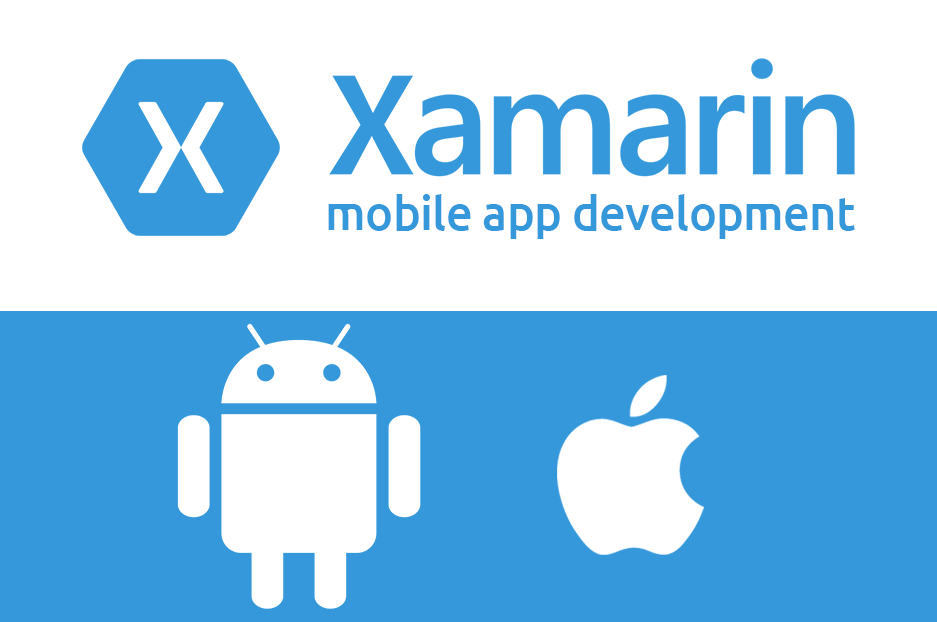
Free eBooks for Beginners
Cookbook – Xamarin for Beginners – Chapter 16
Data binding is a technique that allows you to connect the data in your application to the user interface (UI) of your app, so that changes to the data are automatically reflected in the UI. This is particularly useful in mobile applications, where the user interface is often complex and dynamic. In Xamarin, you can use data binding to create a connection between your data and the UI elements in your app, such as text fields, labels, and buttons.
One way to implement data binding in Xamarin is by using the “Binding” class. This class provides a way to create a connection between a property of a UI element and a property of your data model. For example, you can use the Binding class to connect a text field in your app to a string property in your data model. This means that any changes made to the text field will automatically be reflected in the string property in your data model, and vice versa.
Another way to implement data binding in Xamarin is by using the “BindingContext” property. This property allows you to set the data context for a specific view or layout, so that all the child elements of that view or layout are automatically bound to the data context. This is particularly useful when you have a complex user interface with multiple elements that need to be connected to the same data model.
In addition to the Binding and BindingContext properties, Xamarin also provides a number of other features that make it easy to work with data binding. One such feature is the “ValueConverter” class, which allows you to convert the data from one format to another before it is displayed in the UI. This can be useful, for example, when you want to display a date in a specific format or when you want to convert a number to a currency.
Another feature is the “Command” class, which allows you to bind a button or other UI element to a specific action in your code. This can be useful, for example, when you want to bind a button to a method that saves data to the database.
To sum up, data binding is a powerful technique that allows you to connect the data in your application to the user interface of your app. Xamarin provides a number of features and tools that make it easy to work with data binding, such as the Binding, BindingContext, ValueConverter, and Command classes. By using these features and tools, you can create a more interactive and dynamic user interface that automatically updates as the data changes. This can help you create more efficient and user-friendly mobile applications.
 Loading...
Loading...
Disclaimer: The information and code presented within this recipe/tutorial is only for educational and coaching purposes for beginners and developers. Anyone can practice and apply the recipe/tutorial presented here, but the reader is taking full responsibility for his/her actions. The author (content curator) of this recipe (code / program) has made every effort to ensure the accuracy of the information was correct at time of publication. The author (content curator) does not assume and hereby disclaims any liability to any party for any loss, damage, or disruption caused by errors or omissions, whether such errors or omissions result from accident, negligence, or any other cause. The information presented here could also be found in public knowledge domains.